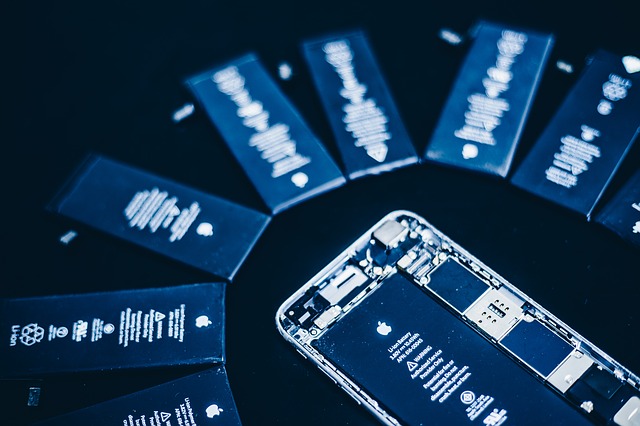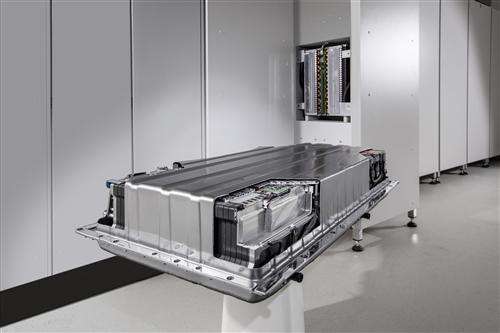Lithium-sulfur Dioxide Battery-Recharging, Reaction, and Working
Dec 26, 2019 Pageview:1760
Are lithium-sulfur dioxide batteries rechargeable?
No, lithium-sulfur dioxide batteries are not rechargeable. They are an advanced primary battery technology that outperforms other types of non-rechargeable cells such as alkaline batteries. Lithium-sulfur dioxide batteries should not be confused with lithium-sulfur cells. The latter, also written as Li-S, is a type of rechargeable secondary battery recognized for its high specific energy. This type of battery technology is relatively light, with its density comparable to that of water. On the other hand, lithium-sulfur oxide has twice the voltage of an ordinary alkaline battery which means you can replace two alkaline cells with a single lithium-sulfur dioxide battery. The only thing you would probably have to change is modifying the electronic device or assembling a dummy cell to make up for the excess space on the gadget.
What happens when sulfur reacts with lithium?
When sulfur reacts with lithium, it forms a soluble lithium sulfide precipitate. The reaction is conveniently carried out in anhydrous ammonia for more effective results, and the equation is as follows:
2 Li + S → Li2S
How does lithium-sulfur dioxide battery work?
Lithium, sulfur dioxide batteries, constitute of metallic lithium, the lightest metal, anode and a liquid cathode made up of a porous carbon current collector filled with sulfur dioxide (SO2) solution as the electrolyte. These batteries supply a voltage of 2.8 V and have high-energy densities of about 250 Wh/kg together with the ability to provide repeated bursts of high power of around up to 400 W/k. This is mostly gotten from the spiral construction and is utilized in many of the applications that this type of cell is subjected to.
Primary features of lithium-sulfur dioxide
High energy-density
A single ‘D’ lithium-sulfur dioxide is capable of producing about 21Wh when charged a 10 C current rates, which are around 250Wh/kg of power produced. To provide the same amount of energy under similar conditions, one would need more than two alkaline batteries or about 20 zinc cells proving that lithium-sulfur dioxide brings more to the table in terms of power density.
Low internal resistance
A lithium-sulfur dioxide battery incorporates a wound plate construction which provides a big plate surface area. This property enables the cells to function with little resistance and still produce large amounts of current. The low resistance in these batteries is maintained throughout their lifespans and only rises gradually as the battery seems to be in its final stages of degradation. This makes such a cell very efficient and with a flat voltage curve.
Flat discharge curve
The terminal voltage of a lithium-sulfur dioxide battery is exceptionally stable, making it capable of maintaining a constant terminal voltage until the last 15% of its battery life for high discharge rates. On lower discharge rates, the terminal voltage is capable of remaining almost constant until the last 5% of battery life.
Safe
The lithium-sulfur dioxide battery has a stupendous safety record and has since been adopted by military agencies for various applications.
High terminal voltages
The open cell voltage without a load attached to it is about 3 V and drops to around 2.8 V when connected to a load. When under high discharge rates during cold temperatures, the cell voltage is capable of falling to about 2.3 V.
Lightweight
They only weight about 85g since it uses light but highly reactive materials in its composition. The anode made of lithium metal, the carbon cathode and other sulfur dioxide reactants are extremely lightweight materials concerning their energy content. A lithium-sulfur dioxide battery is about half the weight of an alkaline cell while at the same time produces twice as much power.
Wide temperature range
The lithium-sulfur dioxide chemistry can tolerate a wide temperature range running from about -60°C to around 80°C. Many other battery technologies perform poorly under freezing temperatures and may also be ruined or degraded when subjected to elevated temperatures. At around -40°C, lithium-sulfur dioxide batteries are capable of retaining about 50% of their battery capacity when supplying around 0.5A. When supplying 0.1A, it is capable of keeping about 65% and 85% of its size when providing 0.01A.
This means that these cells can take on desert heats and still give excellent performances with years of service. Standard alkaline batteries on the other hand, fail to function whenever the temperature drops below freezing point and also leads to reduced shelf life. This makes them unsuitable for operations in cold weather conditions as well as sweltering conditions and is even damaged when stored for extended periods in such extreme conditions.
Long shelf life
The batteries have a long shelf life of about ten years. The unique thing about them is that they can be stored at room temperature for the same period and are still capable of retaining about 70% of their battery capacity. The shelf life is however, reduced to about five years at substantially elevated temperatures during storage. The chemistry of these batteries is a fantastic feature because when stored at significantly high temperatures for extended periods, they produce a passive layer that forms over the anode. This layer has been known to contribute to the battery’s long shelf life as once the cell is put to work, it vanishes quickly but tends to suppress the cell’s terminal voltage temporarily.
Some of the significant applications of lithium-sulfur dioxide include:
Cardiac defibrillators
Emergency location transmitters beacon
special radio communication
Alarms and other security wireless devices
Electronic meters
Tracking devices
Professional electronics
Conclusion
When it comes to utilizing and commercializing primary cells on various applications that don’t require secondary batteries, then using lithium-sulfur dioxide cells would be the best option. These batteries have proven to hold a significant amount of energy as compared to other primary cells such as alkaline and cobalt or zinc batteries and can, therefore, be a trusted source of reliable but disposable energy. However, for this battery technology to provide you with the maximum benefits mentioned in this guide, you will need to care and use them in the right manner appropriately.
Leave Message
Hottest Categories
-
Hottest Industry News
-
Latest Industry News












